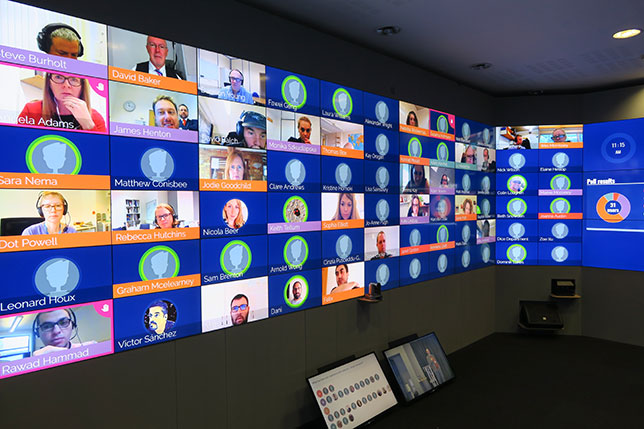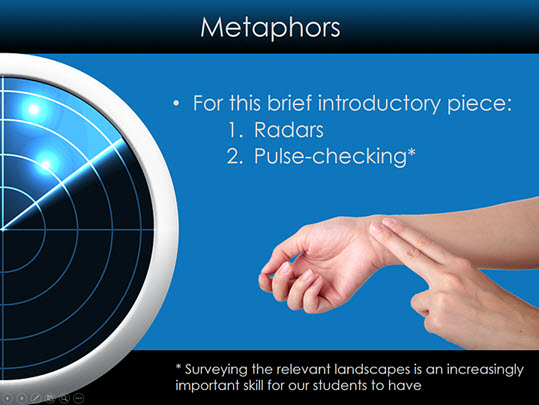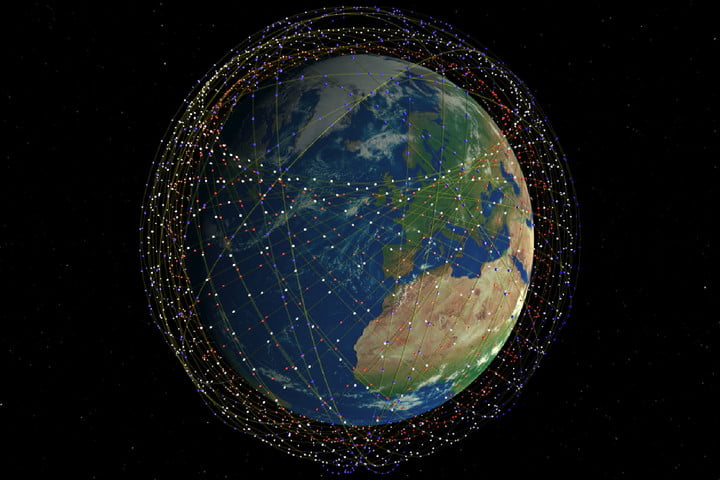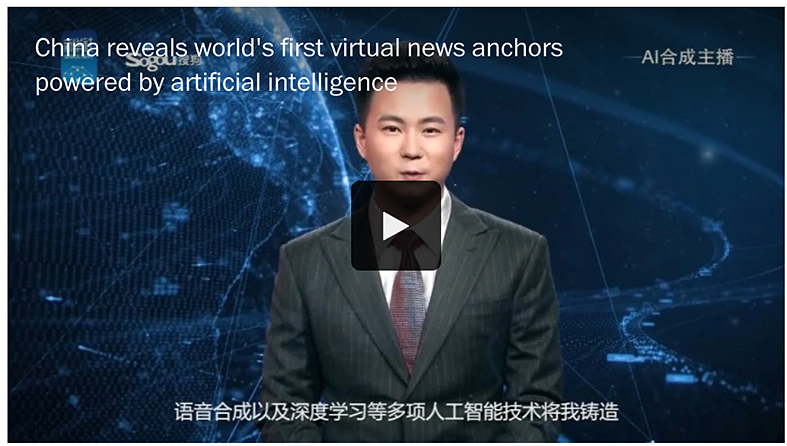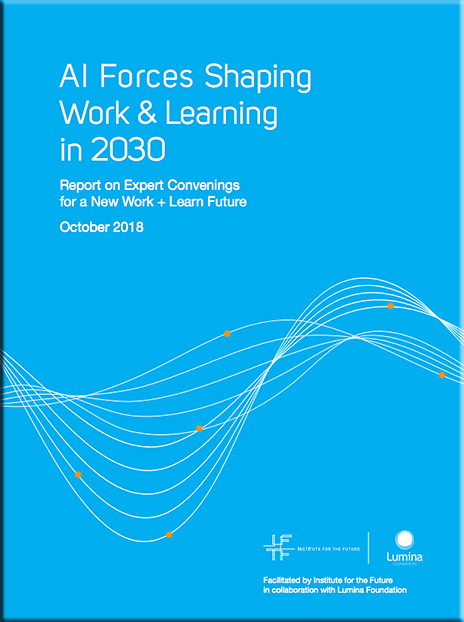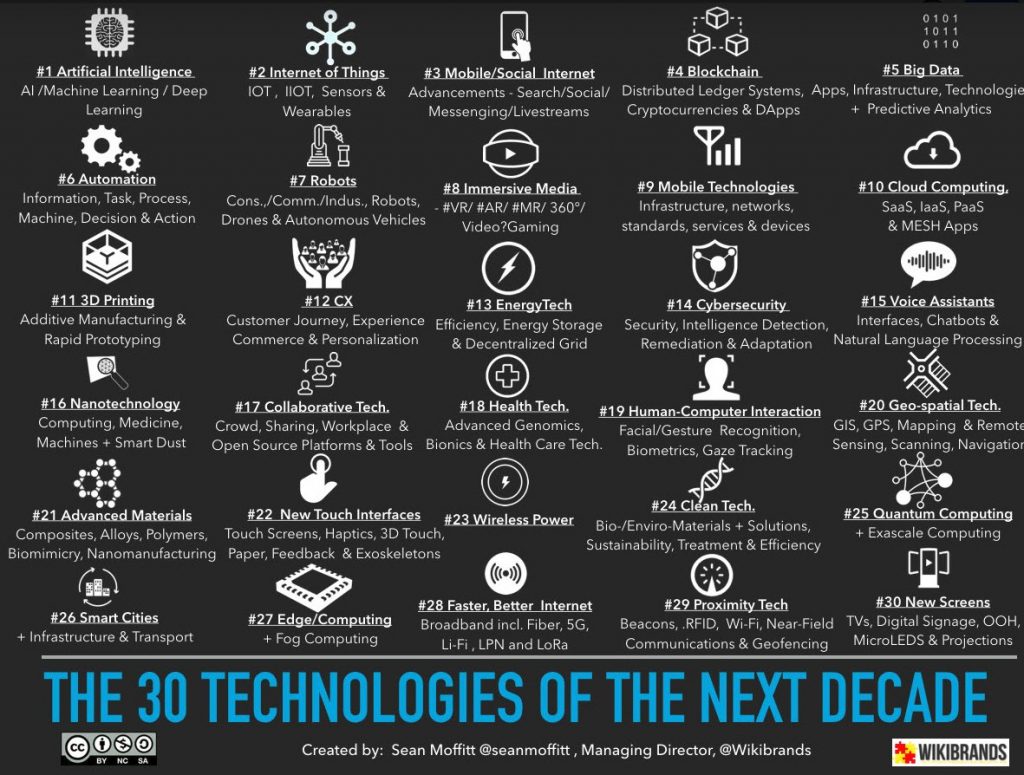10 predictions for tech in 2019 — from enterprisersproject.com by Carla Rudder
IT leaders look at the road ahead and predict what’s next for containers, security, blockchain, and more
Excerpts:
We asked IT leaders and tech experts what they see on the horizon for the future of technology. We intentionally left the question open-ended, and as a result, the answers represent a broad range of what IT professionals may expect to face in the new year. Let’s dig in…
3. Security becomes must-have developer skill.
Developers who have job interviews next year will see a new question added to the usual list.
5. Ethics take center stage with tech talent
Robert Reeves, CTO and co-founder, Datical: “More companies (prompted by their employees) will become increasingly concerned about the ethics of their technology. Microsoft is raising concerns of the dangers of facial recognition technology; Google employees are very concerned about their AI products being used by the Department of Defense. The economy is good for tech right now and the job market is becoming tighter. Thus, I expect those companies to take their employees’ concerns very seriously. Of course, all bets are off when (not if) we dip into a recession. But, for 2019, be prepared for more employees of tech giants to raise ethical concerns and for those concerns to be taken seriously and addressed.”’
7. Customers expect instant satisfaction
“All customers will be the customer of ‘now,’ with expectations of immediate and personalized service; single-click approval for loans, sales quotes on the spot, and deliveries in hours instead of days. The window of opportunity for customer satisfaction will keep closing and technology will evolve to keep pace. Real-time analytics will become faster and smarter as data that is external to the organization, such as social, news and weather, will be included for more insights. The move to the cloud will accelerate with the growing adoption of open-source vendors.”
From DSC:
Regarding #7 above…as the years progress, how do you suppose this type of environment where people expect instant satisfaction and personalized service will impact education/training?









